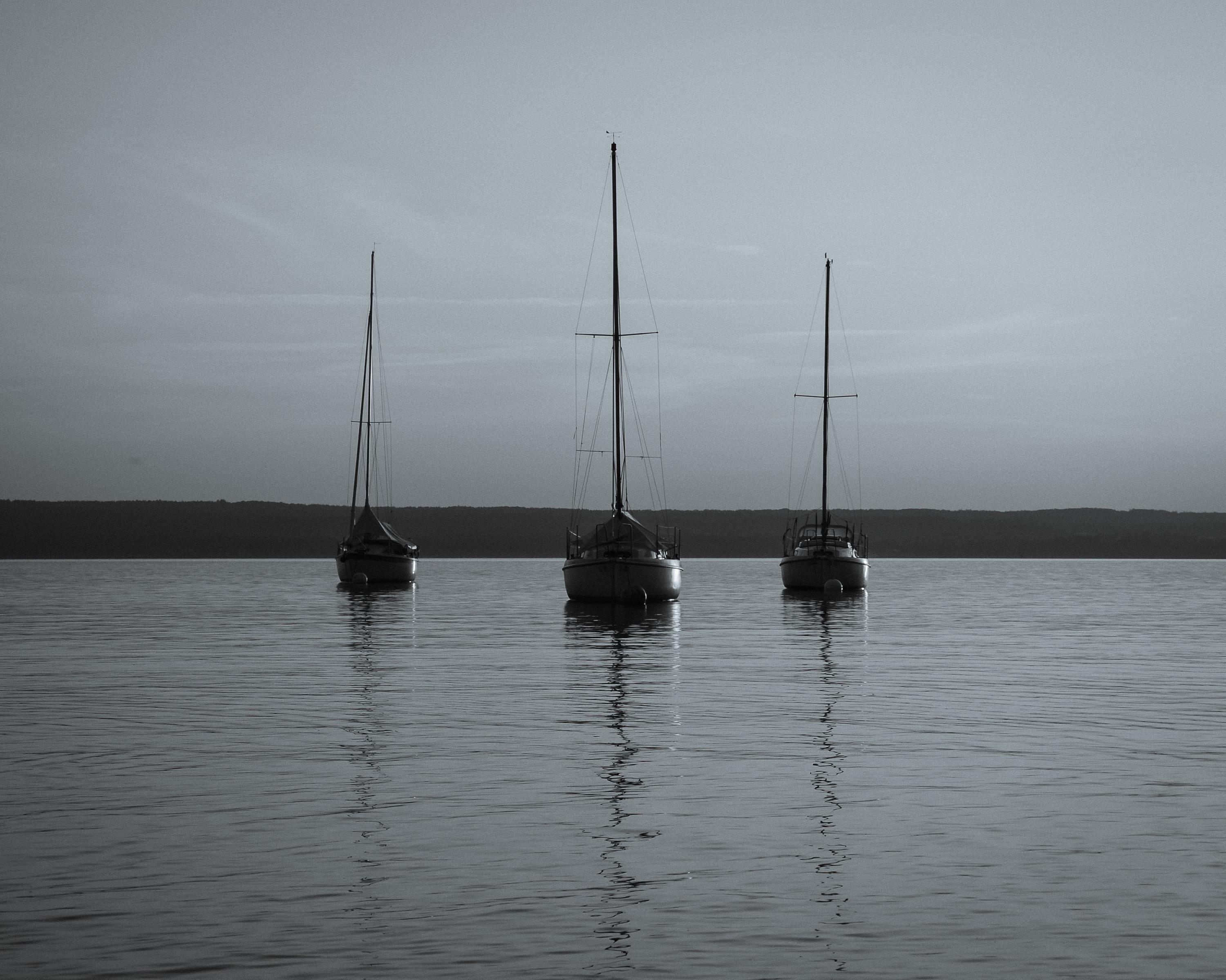
Here’s some cold hard facts about boating mishaps involving sinking.
According to BoatUS, the largest insurer of pleasure boats in the country, for every boat that sinks at sea, four go down in their slips.
That’s a fairly amazing stat.
Why?
The sad truth is you don't have to have a rendezvous with a rock to get a one-way ticket down to the bottom.
In fact, you don't have to do anything. Just let your boat sit awhile, and eventually it will find the bottom.
SO WHAT CAN YOU DO?
As the storage season approaches for many of us, I offer some of the more common causes for boat sinking and things to explore and some tips on how to avoid the symptoms.
Avoiding sinking
Store your stern drive in the down position when out of the water to avoid the bends and creases that stress rubber. Inspect the bellows two or three times a year and replace it annually.
Scuppers in the Fall & Winter
The scuppers can get clogged with leaves. This won't seal the drains, but it can greatly slow the release of water. In a heavy rain storm, the cockpit can fill enough to weigh down the boat so it floods or accumulates enough water to reach non-waterproof openings in the deck and fill the bilge.
Keep the cockpit covered, or have wide-mesh external screens made to protect the scuppers.
If you don’t, when snow falls and ice builds up around the scuppers, they will fill. Since this occurs under the snow, you won’t see it. The added weight of the snow and ice will cause the boat to sink. Haul out for the winter, or have a waterproof, reinforced cover that can take the weight of accumulated snow
While the boat is on land, check the hoses by flexing them back and forth. If there are any cracks, replace the hoses. And while its out of the water, inspect the plumbing. Look for apiece of plumbing corroded, cracked, or just weak. The weakest link is the hose that can crack, most often around the stress points created by the clamps.
Hose Clamp Failure
Inspect your hose clamps. A hose attached to a seacock below the waterline, or a through-hull just above it, can came off its fitting because the hose clamps gave way. The result could be extremely wet. Secure each hose with two clamps where it passes over the fitting's nipple. Check that the clamps are all stainless steel (a magnet won't attract stainless). Often, the tightening gear and its case are mild steel, which rusts away.
Stuffing Box
The packing gland surrounding the prop shaft loosened. Or perhaps it rotted away as it hadn't been replaced for many seasons.
Dripless shaft seals that require minimal maintenance are used by 90 percent of today's boatbuilders. But many boaters still use old-fashioned stuffing boxes on the rudder shafts. Check stuffing boxes often, and replace.
Trapped Under a Dock
You tied up the boat at low tide. The wind pushed part of the boat under the dock, the tide came up, and the boat became trapped beneath the dock, then took on water and eventually sank.
This can happen when the pilings supporting the dock are too far apart to keep the boat parallel to the dock and out from under it. No matter how many dock lines you rig, this will be a problem. If you can't dock elsewhere else, set anchors out from the bow and stern so the boat won't swing.
Tied Down, Tide Up
At low tide, your bow and stern lines were tight. When the tide came up, the lines stayed that way-firmly holding the boat down as the water rose.
Long spring lines attached at acute angles to the boat adjust as the boat rises and falls. Bow and stern lines may have to be tended as the tide goes through its cycle.